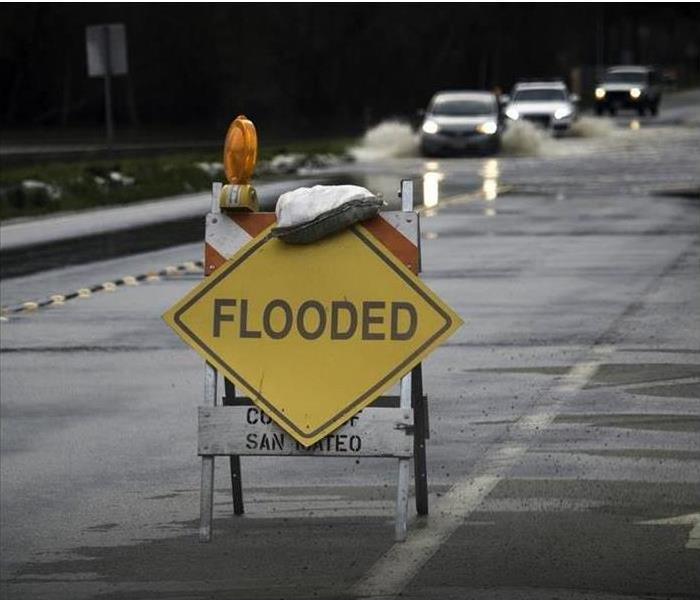Our Highly Trained Water Restoration Technicians Can Help your Through any Unexpected Storm or Flood
4/16/2021 (Permalink)
 SERVPRO of Alexandria has a HUGE team of highly trained water restoration technicians ready to help during crisis
SERVPRO of Alexandria has a HUGE team of highly trained water restoration technicians ready to help during crisis
Regardless of where you live, you can be the victim of a flood. Thanks to the damaging effects of water, floods can destroy much of your home and everything inside. If you want to better protect your home from flooding, check out these four common types of flood waters you should be aware of.
- Clean Water Flooding
Sometimes, a faulty pipe or appliance causes flooding inside your house. For example, during the winter, a pipe (containing fresh drinking water) freezes and breaks to create a leak in your basement. This water was designed to be used and consumed by humans, so you don't have to worry about contaminates like sewage.
As long as you catch the damage quickly, this type of flooding can be stopped fast. All you need to do is turn off the water from the source, such as the main water valve. It's still important to remove the water and dry items as fast as possible to prevent mold and mildew, which can cause breathing problems, skin irritation, eye irritation, and other medical issues.
- River Flooding
If an area suddenly receives a lot of rainfall (or a lot of snowfall that melts quickly), it can cause rivers to overflow. Nearby houses, which are normally far from the waters, may find their basements, crawlspaces or entire house filled with river water. Unfortunately, this type of water may be heavily contaminated.
First, many rivers, especially those in urban areas, aren't clean. They contain many pollutants, chemicals, and diseases that can harm you and your family. Similarly, while the water was traveling to your home, it may have caught water pouring from overflowing sewers, which means the flood water may contain fecal matter and similar contaminates. For this reason, especially if there was lots of water damage, many homeowners need extensive repairs to drywall, flooring, and other areas of the home.
- Groundwater Flooding
While much of the Earth's water is on the surface in the form of oceans, lakes, and rivers, there is also a lot of water hiding underground. This groundwater is commonly used for drinking wells, which means it is relatively clean. Plus, as the water is pushed through dirt and rocks, it may shed more contaminates. For this reason, unless the water smells or looks rancid, you can assume that it is mostly clean.
As long as you start cleaning right away, you should be able to restore much of what was exposed to the water. If drywall was impacted, however, you may need to have your walls opened so that they can fully dry. Even if the wall looks dry and clean outside, it may have mold and moisture inside the walls. This is especially a problem if the insulation absorbs water because it can hold the water for a long period of time.
- Sewer Flooding
Sewage can be found in nearly any type of flood water, but flood water can also come directly from the sewer. In some cases, this is simply caused by your toilet or septic system backing up. As a result, the toilet and other drains may begin to let sewage back into your home.
In more severe cases, if lots of flooding causes the sewage system to overflow (or if the system is damaged in some way), it can cause sewage to back up into your home via the toilet. The worst part: this backup is not just your waste; it can be waste from anyone in your community. Sewage like this isn’t just gross; it can cause illness and disease.
Not all flood water is contaminated, but all flood water can lead to major damage and mold growth.
If you would like to know more about types of flood waters and damage or if you need to request a quote, contact us at 703.739.2800 today.





 24/7 Emergency Service
24/7 Emergency Service